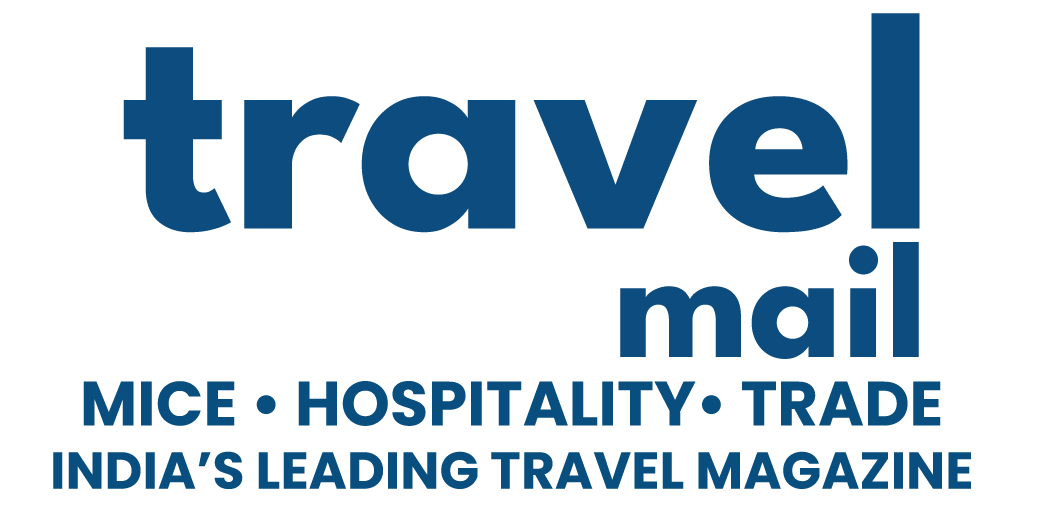#TravelMail ( #www.travelmail.in ) #TravelNews #TourismNews #DailyNews #BreakingNews
Major tourism hotspots in the GCC are experiencing a surge in Indian visitors as the region prepares to showcase its offering to leisure and business travellers at this year’s Arabian Travel Market, at Dubai World Trade Centre, April 24-27.
In both Dubai and Abu Dhabi, India was the top performing source market in 2016. In Dubai, 1.8 million nationals arrived last year compared to 1.6 million in 2015 and in Abu Dhabi, which welcomed a record-breaking 4.4 million visitors in total in 2016, 323,388 were Indian. According to the figures from Abu Dhabi Tourism and Culture Authority, this marks an increase of 15% on 2015.
In Oman, three million tourists visited the Sultanate in 2016, of which 299,568 were Indian. Historically, numbers increased 17% in 2015 compared to 2014 and, over the last five years, Oman has seen a 60% increase in the total number of arrivals from India.
Earlier this year, Sheikh Abdullah bin Nasser bin Khalifa Al Thani, Prime Minister of Qatar and Minister of Interior, met with Indian Prime Minister Narendra Modi to discuss the topic of visas on arrival for Indian nationals. When the new regulations are introduced, the transit market is also set to benefit, bringing even higher numbers into Qatar and building on the 182,920 who visited in the first half of 2016.
Simon Press, Senior Exhibition Director, ATM, said: “The number of visitors to the GCC from India has been strong for a number of years due to the excellent political, trade and business links the region enjoys with its neighbour.
“UNWTO (United Nations World Travel Organisation) data shows that 62 million Indians have passports, yet many do not travel. However, the demographic patterns we see currently – an increasing younger population and a growing middle class – provide strong indications that the country is about to see a steep rise in the number of nationals travelling abroad, as well as the number of foreign visitors it welcomes.”
India has been named the largest growing outbound tourism market in percentage terms, with the UNWTO predicting 50 million Indians will travel overseas annually by 2020.
Although more than 300 flights a week already operate between Abu Dhabi and major Indian cities, in 2016 Etihad Airways announced an expansion of its Indian network through its partner Jet Airways with the two airlines expanding their services by 28 weekly flights and three new destinations. Last year, Air India Express also added three non-stop flights from Sharjah to both Chandigarh and Tiruchirapalli; and in Dubai, airport authorities set a target to add 50,000 seats per week to existing Indian routes.
Press said: “The GCC has positioned itself as a perfect stopover destination for travellers from India who are going on for business purposes, or to visit family, in countries such as the UK and Canada, both of which boast large Indian populations. Countries in the region are therefore looking to capitalise on this by encouraging them to make stopover visits.”
According to figures published by Dubai’s Department of Tourism and Commerce Marketing (DTCM), the number of overnight visitors flocking to the emirate in 2016 rose to 14.9 million from 14.2 million a year earlier, led by visitors from India, Saudi Arabia and the UK. There is expected to be a further increase in Indian visitors in 2017 largely due to the opening of the Bollywood Theme Park at Dubai Parks and Resorts (DPR).
Inspired by Bollywood blockbusters, the park is part of the wider DPR development, which also includes LEGOLAND Dubai and MOTIONGATE Dubai. Opened at the end of October 2016, the official projection for visitor numbers in 2017 stands at more than six million, with ambitions to welcome 19 million a year by 2020.
India will be under the spotlight at this year’s Arabian Travel Market, with a dedicated session on the ATM Global Stage, entitled: ‘Capitalising on Experiential Travel: China & India Mega Source Markets’. Filippo Sona, Director, Head of Hotels MENA region, Colliers International, will discuss how countries in the Middle East can increase promotional activities to attract more visitors from two of the future biggest inbound source markets: China and India.
India remains top source market as GCC countries prepare to entice visitors at ATM 2017
786
